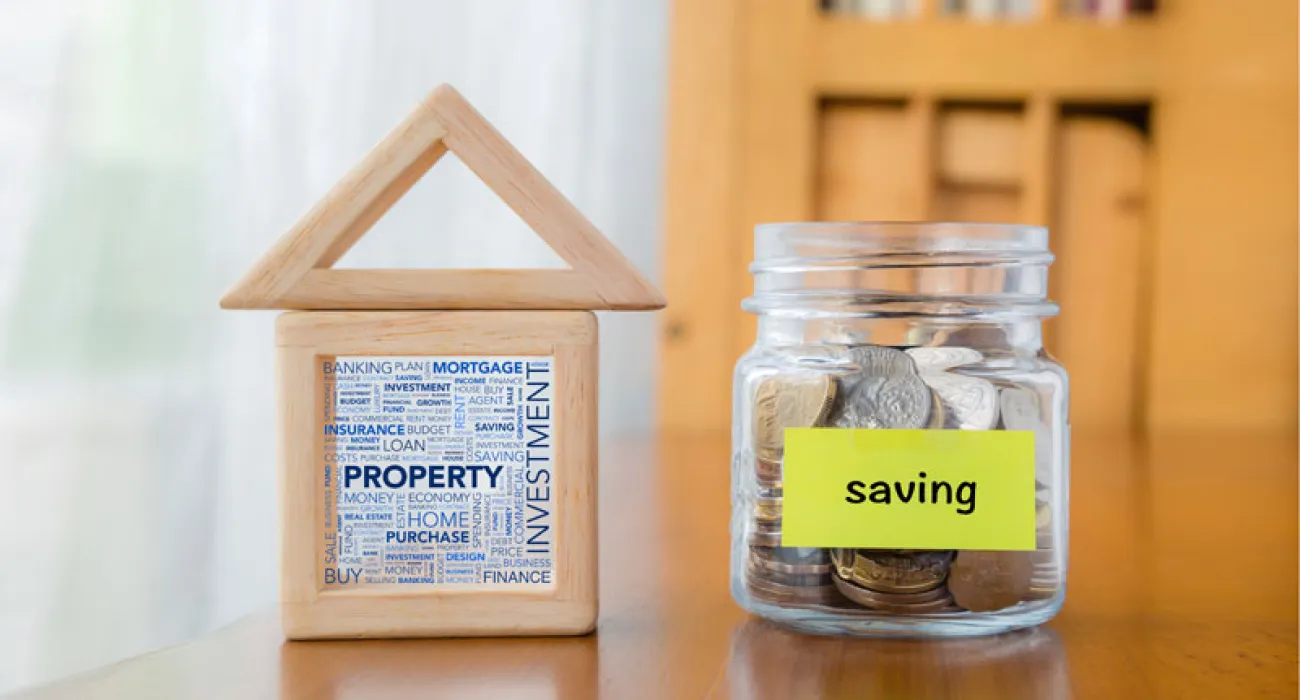You just finished watching the latest installment of House Hunters on HGTV and begin to think to yourself, why not me? Purchasing your first home is not only the "American Dream", for many young Americans it signifies a real transition into financial adulthood and responsibility, by taking on potentially the largest debt you will ever carry in your entire life. Unfortunately, many new homebuyers don't save or strategize effectively when they buy their first home and sometimes make an impulse purchase that costs them dearly in their family finances. Here are my six tips on how to save effectively for the purchase of a first home.
- Use The Loan Amortization Tool In Microsoft Excel
That's weird for a first tip Ted. No, not at all. This FREE tool in your Microsoft excel toolkit will allow you to plug in different loan amounts, interest rates, and loan periods to see your principal and interest statements. What you want to do with this tool is add a column for real estate taxes and homeowners insurance so you can begin to figure out what kind of overall payment you will make with various loan amounts. This way you can determine what you can really afford to borrow. Remember, that you will now get some added tax deduction with the new mortgage payment, real estate taxes, etc. - Will You Put Down 20%?
As I have shared in other Your Smart Money Moves articles, I am a bigger fan of putting down 20% for two reasons. One, by saving this 20% it will put you more into a forced habit of what you can save monthly which will likely indicate that you are ready to take on the new mortgage payment coming up with the home purchase. Two, in most cases, you will avoid paying the Private Mortgage Insurance (PMI) which can make your monthly payment more expensive at the time you purchase your first home. Far too often, new homebuyers stretch themselves by making a lower down payment, not recognizing how these extra costs will affect them. - Plan For The 10% Rule
It's been my experience that when you purchase a new home you will tell yourself that you have your whole life to fix up the home. However, after you start watching a few more HGTV shows and make a few trips to Home Depot, you'll find yourself craving to make some renovations or buy some new furniture. Beyond the down payment you need to save, plan that about 10% of the home value (i.e. a home at $300,000) will cost you an additional $30,000 in home improvements and furniture in the first year. - Be Safe With Your Savings
The stock market is no place to save for your down payment. If you are seriously thinking about putting money down on a new property, consider switching your savings to a money market, savings, or some secure account that won't have market risk. The last thing you want to have happen is a 20% drop in your account that could make you delay purchasing your first home. - Add The 1% Rule To Your Budget.
Beyond your mortgage payment, you should plan that if the home is valued at $300,000, you should set aside a kiddie of 1% to plan for the unexpected. I couldn't tell you today if it will be the roof, the water heater, or the A/C, but invariably there are going to be year to year blow ups that will cost you money from your savings. - Budget, Budget, and Budget
If you are truly serious about getting into this first home, what are you willing to sacrifice? Will it be eating out more, the lavish vacation, or delaying gratification on a few personal purchases? The key to making this goal happen is to get the monthly savings off the top or otherwise it's likely you'll spend the cash flow on something other than the down payment.
Use these six tips as a beginners guide to saving for the down payment on your first home!
Written by: Ted Jenkin
Request a FREE consultation: www.oxygenfinancial.net
If you would like to receive more information on making smart money moves for your future, be sure to contact us today!




